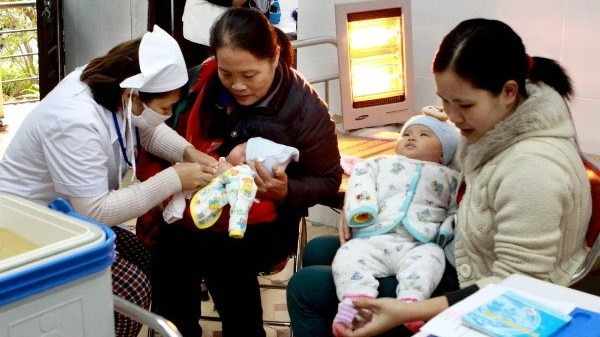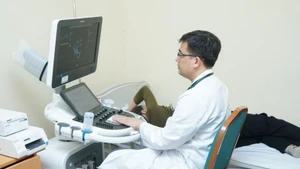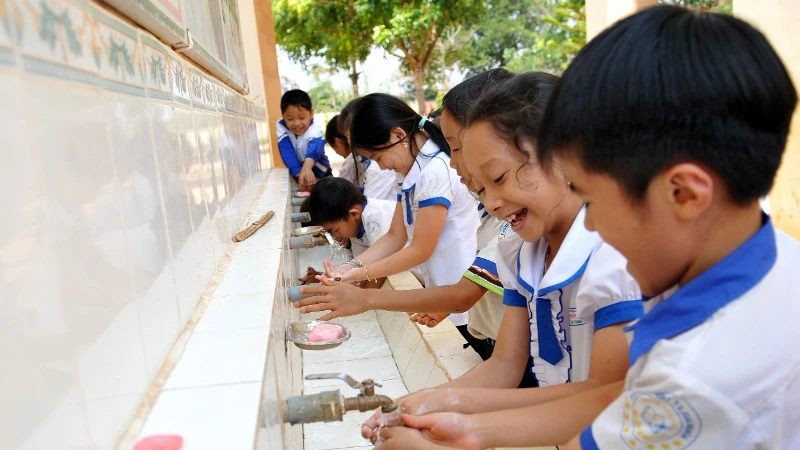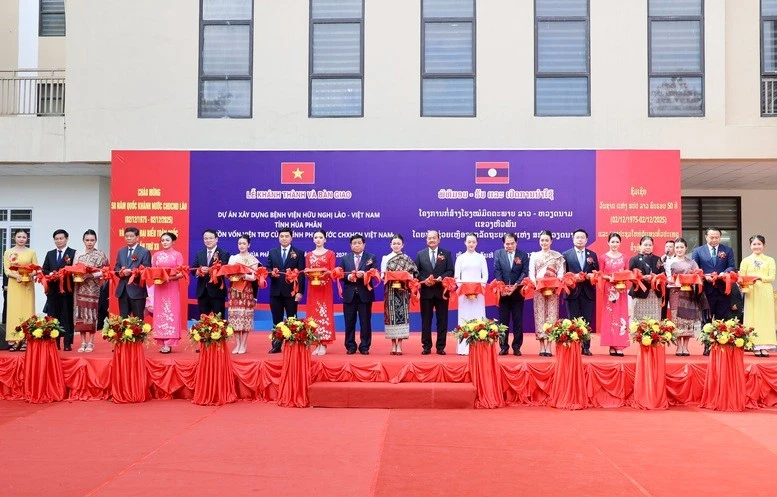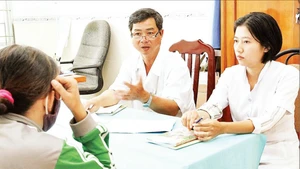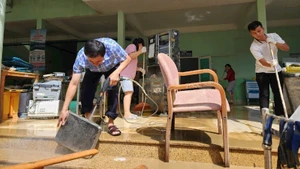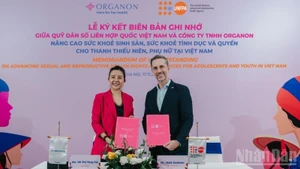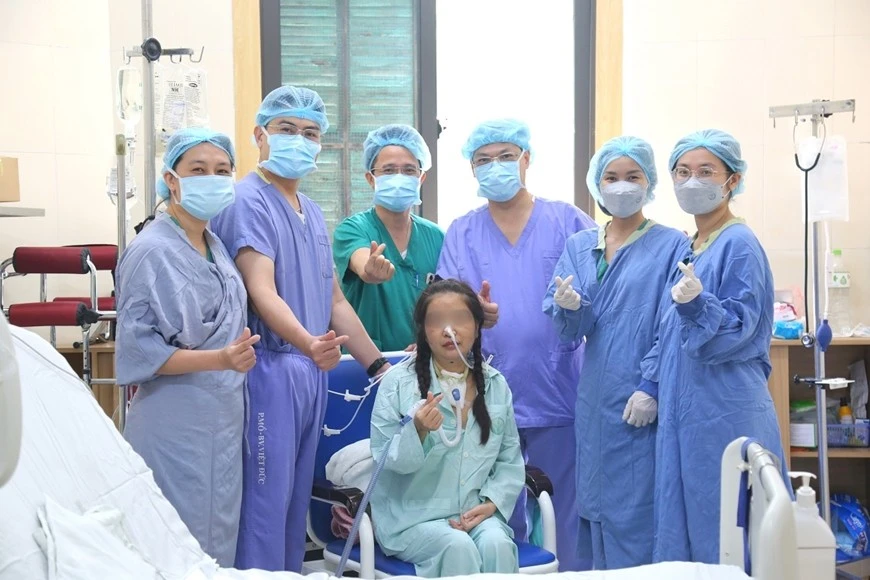This is the second combined type of vaccine to be produced domestically after DPT (Diphtheria, Pertussis, Tetanus), the vaccine that was produced and put in the national expanded programme of immunisation in 1991.
This is also the first vaccine that has been produced in Vietnam by the Ministry of Health’s Centre for Research and Production of Vaccines and Biology (POLYVAC) under a technology-transfer project funded by the Japan International Co-operation Agency (JICA).
According POLYVAC Director Nguyen Dang Hien, the project started in May 2013 with a total cost of JPY700 million (US$6.7 million). It targets a combined MR vaccine meeting the Good Manufacturing Practices standard of the World Health Organisation (WHO). With a current capacity of 7.5 million doses per year, the centre can fully meet the domestic vaccine demand and will be able to start exporting in the future.
Over recent years, Vietnam has reaped great achievements in the research and production of vaccines, especially the production of 11 out of the 12 kinds mentioned in the nationwide expanded immunisation programme. In 2015, the WHO certified that Vietnam has a fully-equipped national regulatory authority (NRA) system that ensures the safety and efficacy of vaccines produced and used in Vietnam. Currently, Vietnam is among 25 nations that can produce vaccines around the world.
In the recent NRA assessment, the WHO said that four of Vietnam’s vaccines ─ Japanese B encephalitis, measles, hepatitis A, and hepatitis B ─ can join WHO pre-appraisal before being sold in bulk to international organisations.
Local vaccine manufacturing facilities can currently supply enough doses for both domestic needs and export demand. For example, for Japanese B encephalitis vaccine, the demand for domestic immunisation is approximately 8 million doses, while production capacity is about 12 million doses a year. For the measles vaccine, local demand is 3 million doses, while Vietnam is capable of producing approximately 7.5 million doses a year. For oral polio vaccine, local manufacturers can produce 40 million doses per year, while only 7.5 million doses are needed for domestic demand.
In recent years, the Company for Vaccine and Biological Production No.1 (VABIOTECH) has exported over 3 million doses of Japanese B encephalitis vaccine to India. Japanese encephalitis vaccines are also penetrating the market of East Timor. In addition, 32,000 doses of hepatitis A vaccine have been exported to the Republic of Korea and 115,000 doses of oral cholera vaccine to Sri Lanka, the Philippines, and India.
Vietnam currently has four factories producing vaccines, using modern equipment and technology meeting CGMP-WHO standards: VABIOTECH; Pasteur Da Lat Vaccine Company Ltd., (DAVAC); the Centre for Research and Production of Vaccines and Biology (POLYVAC); and the Institute of Vaccines and Medical Biologicals (IVAC). All four factories employ qualified staff to produce vaccines which meet international standards for the national EPI programme and for export.
However, the country’s export of vaccines has yet to meet expectations. The results do not fully reflect the potential and opportunities for the export of domestic vaccine products as the export is still small scale without a high commercial value.
In order to export to official channels on the international market, especially for international organisations such as UNICEF and GAVI to sell large quantities, Vietnam should ensure higher standards for vaccines. Some obstacles in administrative policies and mechanisms should also be removed to help local vaccine manufacturers promote their strength and enhance competitiveness.
